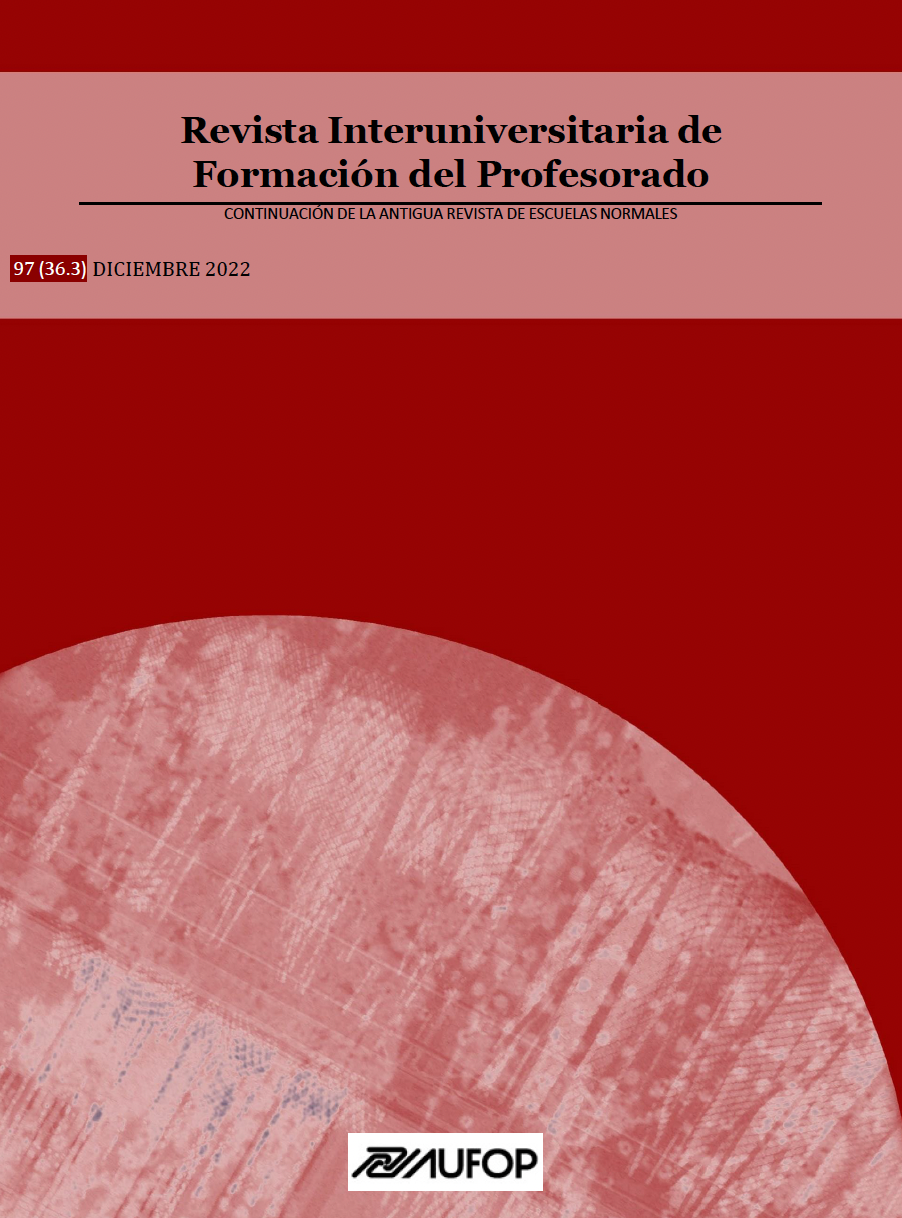Develop critical thinking with the illustrated non-fiction book in the framework of the third educational space
DOI:
https://doi.org/10.47553/rifop.v97i36.3.96690Abstract
This work studies the possibilities offered by the implementation of illustrated non-fiction books to develop critical thinking in students in the second year of Primary Education. Since the creation of a third educational space, a didactic sequence is designed and implemented to approach inventions in Social Sciences from a critical perspective and interdisciplinary. The sessions were recorded and transcribed to analyze the critical thinking skills that were activated in the students and the teaching strategies applied by the mediators. An observation script was used to systematize the information and a categorical and interpretive analysis was performed with NVivo-12. The results indicate that the shared reading strategies applied by the mediators during the implementation of the didactic sequence were effective in allowing students to develop critical thinking skills associated with the inferential level of reading comprehension. It is concluded that the illustrated non-fiction book and its reading model constitute an ideal practice to promote critical thinking at an early age, emphasizing the place that, in this process, the initial and permanent training of teachers and the help they offer programs for educational innovation like CLP.
Downloads
Published
How to Cite
Issue
Section
License
The "Revista Interuniversitaria de Formación del Profesorado (RIFOP)", with ISSN print 0213-8646 and ISSN electronic 2530-3791), adheres to the copyright notices proposed by Creative Commons
Authors’ rights
Papers published in the journal are subject to the following terms:
1. The Asociación Universitaria de Formación del Profesorado (AUFOP) is the editor of the RIFOP and holds the copyright of the papers published therein. The reuse of these is allowed under the license for use as indicated under point 2.
© Asociación Universitaria de Formación del Profesorado (AUFOP)
2. The papers are published in electronic version under the license CreativeCommons Reconocimiento-NoComercial-SinObraDerivada 3.0 España (texto legal). Papers can be copied, used, disseminated, transmitted and publicly exhibited provided that: i) the authorship and original publication source are cited (journal, editors and URL of the paper); ii) they are nit used for commercial gain; iii) the existence and specifications of the license for use are mentioned.
3. Auto-archiving conditions. Authors are allowed and encouraged to disseminate electronic pre-print versions (versions prior to peer review) and/or post-print (versions reviwed and accepted for publication) of their papers prior to their publication, since this favors prompt circulation and dissemination and supposes a possible increase in cites and scope within the academic community.
Privacy declaration
The names and email addresses incorporated into this journal will be used solely for the declared purposes of the journal and will not be available for any other purposes or to third parties.






